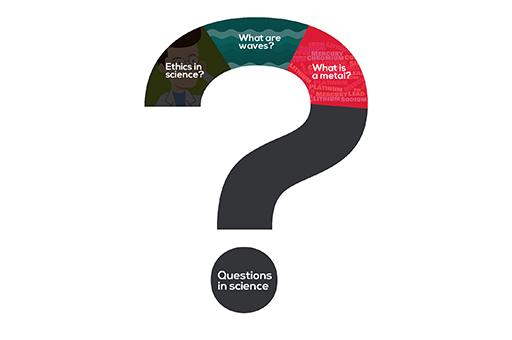Conclusion
The materials that have probably been the most influential in shaping society over the past two to three millennia are the metals. You will all have a general idea as to what is metallic and what is not and in this part you have seen some of the criteria for the distinction.
The key concepts and principles you have learned in this part are:
- metallic bonding, and how it is related to metallic characteristics
- Metallic bonding is the attraction between the delocalised electrons and the positively charged nuclei. It is strong and occurs in all directions.
- Transitions of electrons from excited states to lower energy levels result in emission spectra.
- Emission spectra are the basis of simple flame tests for metal salts.
- the role of metals in everyday life.
- Metals are used in a wide range of applications (construction, electronic devices, transportation, food processing, biomedical applications) and play an important role in biological systems.
- Bioaccumulation is the accumulation of substances inside an organism over time.
The content of these courses comes from the Open University course S111 Questions in science [Tip: hold Ctrl and click a link to open it in a new tab. (Hide tip)] . Take a look at the other OpenLearn courses that are part of this set here.

